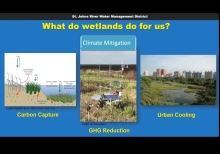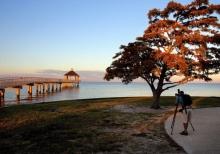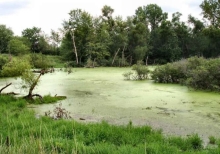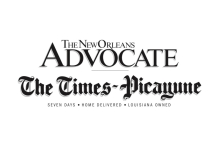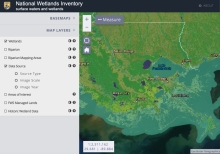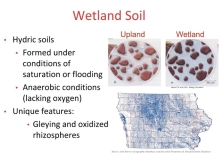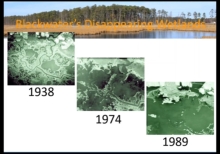Why Worry About Wetlands? District Restoration Projects Explained
Join Kimberli Ponzio, an Environmental Scientist IV in the Bureau of Water Resources, as she discusses the benefits of wetlands and the work of the St. Johns River Water Management District to restore and protect wetlands.
